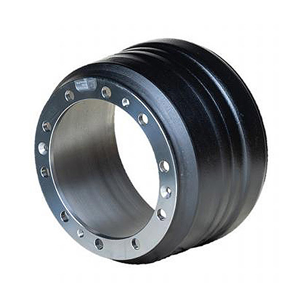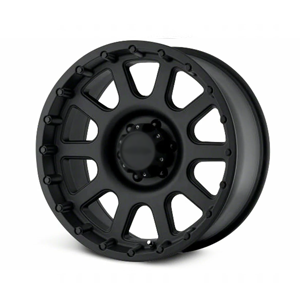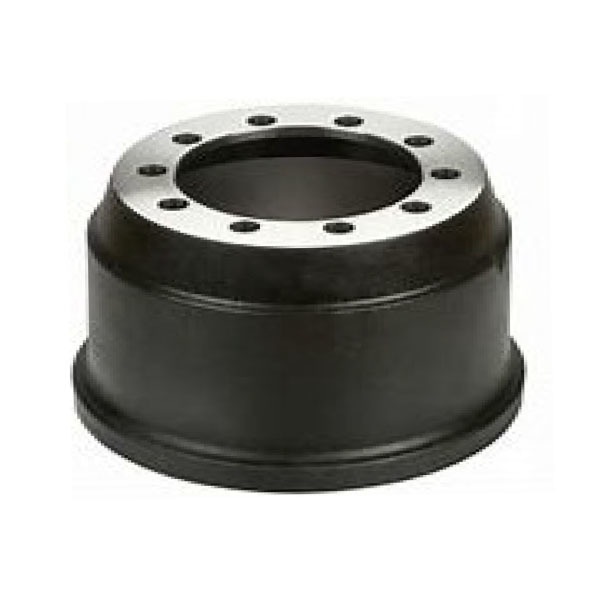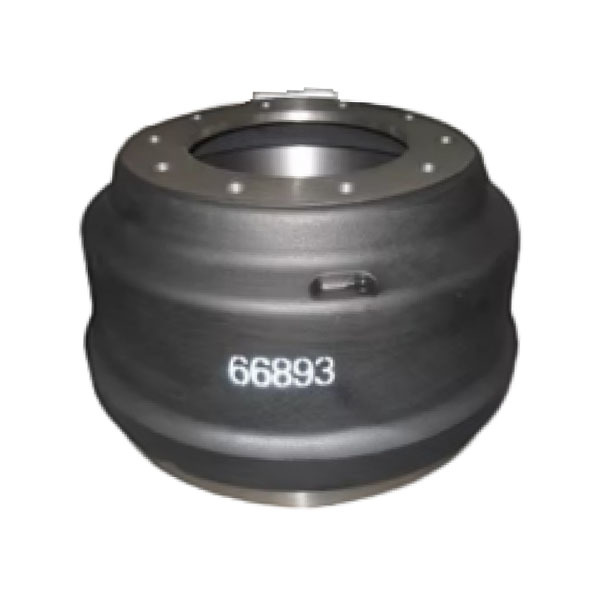Understanding Car Drum Brakes: Key Insights into Your Vehicle's Stopping Power
Sep 08,2025
Car drum brakes are a fundamental part of many vehicles' braking systems, offering reliable performance and safety. Unlike disc brakes, which have become increasingly popular, drum brakes utilize a different mechanism to ensure that your vehicle can stop effectively when needed. Understanding how car drum brakes operate is vital for any vehicle owner, as it can impact maintenance and overall safet
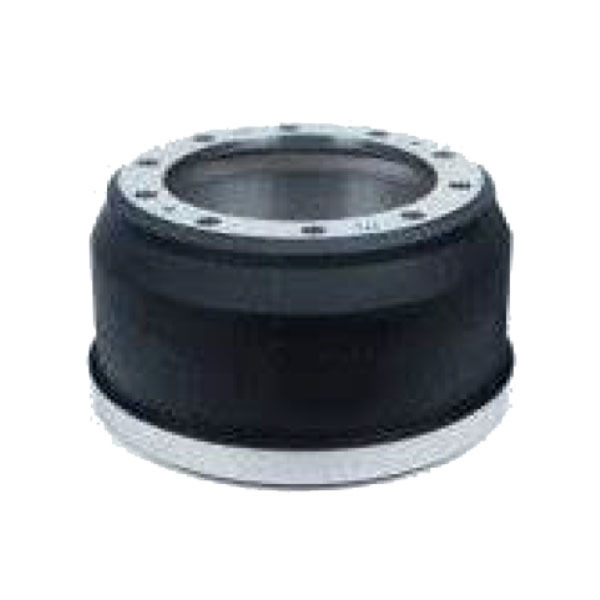
Car drum brakes are a fundamental part of many vehicles' braking systems, offering reliable performance and safety. Unlike disc brakes, which have become increasingly popular, drum brakes utilize a different mechanism to ensure that your vehicle can stop effectively when needed. Understanding how car drum brakes operate is vital for any vehicle owner, as it can impact maintenance and overall safety.
At the core of car drum brakes is a cylindrical drum that rotates with the wheel. Inside this drum, brake shoes equipped with friction material push outward against the drum's inner surface when the brake pedal is pressed. This friction generates the necessary force to slow down or stop the vehicle. One of the key advantages of drum brakes is their ability to generate high friction, providing substantial stopping power. This makes them particularly effective for smaller and lighter vehicles, where the design can be optimized for weight and space.
Another notable benefit of car drum brakes is their durability. The enclosed design protects the braking components from dirt, debris, and moisture, which can adversely affect performance. This containment is particularly beneficial in regions where weather conditions vary significantly, as it helps maintain consistent braking performance.
However, it's essential to consider that car drum brakes also have some limitations. They can be prone to overheating, especially under heavy braking conditions. When this occurs, the brake shoes may experience reduced effectiveness due to a phenomenon known as brake fade. Additionally, drum brakes can be more challenging to service compared to their disc counterparts, as they often require more intricate disassembly for maintenance and replacement.
When it comes to maintenance, regular inspection of car drum brakes is crucial. Brake shoes should be checked for wear, and the drum's surface should be evaluated for scoring or damage. Keeping an eye on these components can help ensure optimal performance and extend the lifespan of your braking system.
For those looking to enhance their vehicle's braking performance, consider factors such as weight distribution, driving habits, and vehicle type. While car drum brakes are a reliable choice, being informed about their characteristics allows for better decision-making when it comes to upgrades or replacements.
In conclusion, car drum brakes play a significant role in the automotive braking system. Understanding their function, benefits, and limitations allows vehicle owners to maintain their cars effectively and ensure safety on the road. By being proactive about maintenance and knowledgeable about your braking system, you can enjoy a smoother and safer driving experience.
At the core of car drum brakes is a cylindrical drum that rotates with the wheel. Inside this drum, brake shoes equipped with friction material push outward against the drum's inner surface when the brake pedal is pressed. This friction generates the necessary force to slow down or stop the vehicle. One of the key advantages of drum brakes is their ability to generate high friction, providing substantial stopping power. This makes them particularly effective for smaller and lighter vehicles, where the design can be optimized for weight and space.
Another notable benefit of car drum brakes is their durability. The enclosed design protects the braking components from dirt, debris, and moisture, which can adversely affect performance. This containment is particularly beneficial in regions where weather conditions vary significantly, as it helps maintain consistent braking performance.
However, it's essential to consider that car drum brakes also have some limitations. They can be prone to overheating, especially under heavy braking conditions. When this occurs, the brake shoes may experience reduced effectiveness due to a phenomenon known as brake fade. Additionally, drum brakes can be more challenging to service compared to their disc counterparts, as they often require more intricate disassembly for maintenance and replacement.
When it comes to maintenance, regular inspection of car drum brakes is crucial. Brake shoes should be checked for wear, and the drum's surface should be evaluated for scoring or damage. Keeping an eye on these components can help ensure optimal performance and extend the lifespan of your braking system.
For those looking to enhance their vehicle's braking performance, consider factors such as weight distribution, driving habits, and vehicle type. While car drum brakes are a reliable choice, being informed about their characteristics allows for better decision-making when it comes to upgrades or replacements.
In conclusion, car drum brakes play a significant role in the automotive braking system. Understanding their function, benefits, and limitations allows vehicle owners to maintain their cars effectively and ensure safety on the road. By being proactive about maintenance and knowledgeable about your braking system, you can enjoy a smoother and safer driving experience.
Contact
E-mail:
Phone
Add:
West of Dongwang Village, Gucheng Town, Longyao County, Xingtai City, Hebei Province


